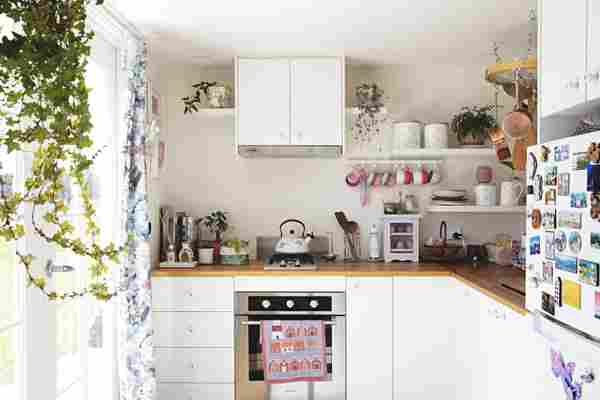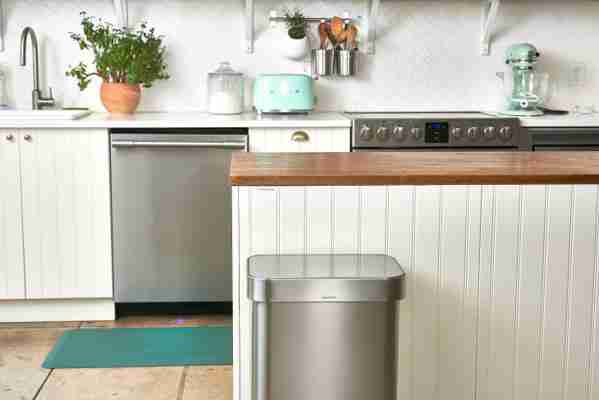
The ultimate cleaning hack is being able to clean more without feeling like you’re cleaning more. And one way to channel yourself into doing more with less effort is to bundle tasks together.
If there’s a chore you’re not great at keeping up with, and you seldom find the motivation to do it, build that chore into one of your already-established habits. It’ll mean your home can achieve the state of cleanliness you wish was your status quo—with much less foot-dragging on your part.
What is “Habit Stacking”?
Habit expert and author of “Atomic Habits” James Clear talks about a concept called “ habit stacking ” that basically has to do with this idea of attaching a habit you want to have to a habit you already have . When we want to build new habits, we can leverage the power of what he calls habit cues or triggers.
How to Use Habit Stacking in Your Cleaning Routine
Clear posits five types of triggers : time, location, preceding event, emotional state, and other people. Time, location, and preceding event lend themselves especially well to creating new cleaning habits: Every day at a certain time, in a certain place, or when you do a certain thing, you add one additional task to the existing thing, which has become the trigger. By linking specific cleaning actions to other things in our days that are already happening, we don’t have to set aside time to do something like scrubbing the toilet that, frankly, we’d rather not have to schedule.
Here are some examples of ways to build “trigger cleaning” into your days to get your house perceptibly cleaner and more consistently in order without any drastic change to your life or routines:
1. “ Swish and swipe ” after you first use the toilet in the morning.
This is a Fly Lady stand-by. She suggests squirting some hand soap into the toilet bowl and giving it a swipe with the toilet brush. Doing this after your first morning visit to the restroom means you start every day off with a clean toilet—and will rarely have to give it a more vigorous scrub.

2. Empty all household garbage cans before taking trash to the curb.
Make a mental note that you want to get *all* the trash out of the house on garbage day. For that to happen, you need to empty your smaller trash cans and recycling bins into the household ones. Do this every week until you do it without having to think twice about it.
3. Clean the bathrooms when you return their garbage cans.
We’re getting a little “If You Give a Mouse a Cookie” here, but why not? When you return your now-empty garbage can to the bathroom every week, take the opportunity to make the rest of your bathroom “match” it. Wipe down your mirrors, scrub your sink, polish countertops, and clean the outside of your toilets.
4. Put in a load of laundry while the coffee is brewing.
Doing a load a day (start to finish—that means folded and back in the drawers) keeps the laundry mountain monster away. The hard part is remembering to put that load in! Tie the task to something specific you’ll never forget to do, like making coffee, and soon you’ll have this habit you always wanted under your belt.
5. Tidy up your desk before turning off your lamp.
Desk-clearing is often procrastination in disguise if it happens before you begin working. But for many people, it’s hard to think clearly when their work spaces are cluttered. Flip the script and make it a habit to clear off and straighten up the surface of your desk before you switch off your desk lamp. Doing the job daily keeps it from becoming a drawn-out task, and doing it at the end of the work day means you can sit down ready to go during your next work block.
6. Reset the living room when you click off the remote.
Make switching off the TV a “preceding event” to a quick living room spruce-up. Pick up throw pillows and give them a little fluffing hug as you return them to their rightful spots. Put blankets away, straighten the coffee table tray, and bring glasses and snack bowls to the kitchen.
Not each of these examples may be doable in your daily life, but now you see how you can make your own rules and habit-stack tasks you don’t like to do with ones that are already an established part of your routine.
